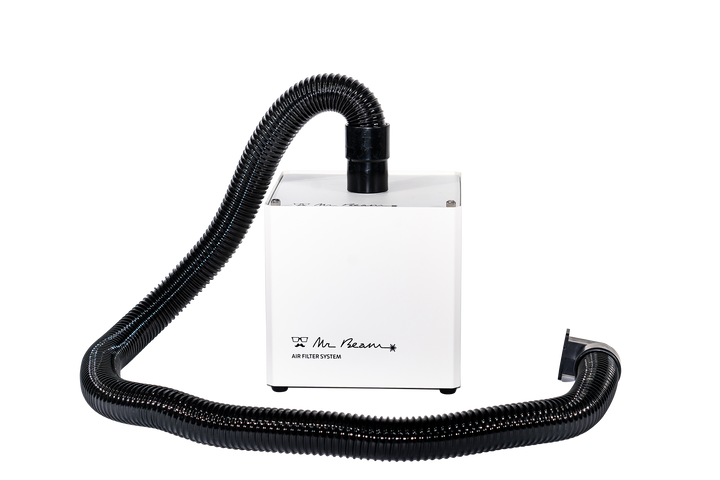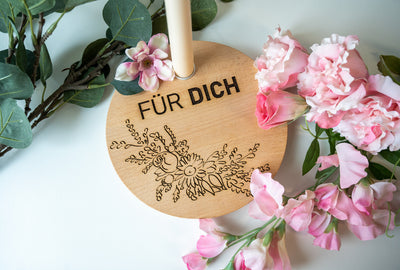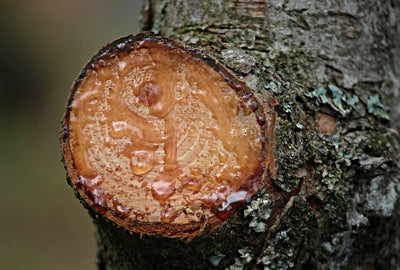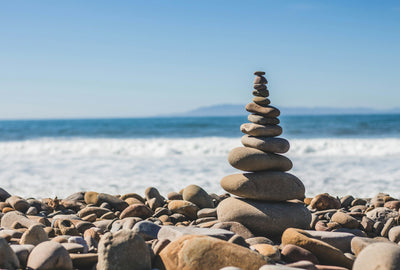Even if we use the term regularly, you will definitely ask yourself sometimes, "What's cardboard anyway?" And we would like to answer this question for you. This is the only way to use the terms cardboard and cardboard in the future, but know exactly where the differences are between the two materials.
What is cardboard anyway?
The term cardboard and cardboard are very often used synonymously, even if there are clear differences in the definition. The term is derived from the Latin "Pappare", which could be translated as a porridge. This means the raw material of the cardboard because the material is made from a liquid fibre. So let's look at the Difference between paper, boxes and cardboard. In particular, the weight per square meter clearly makes it easier to classify the division, since the paper, cardboard and cardboard can be distinguished so easily. However, there are overlaps and marginal areas in which the materials cannot be clearly assigned. Paper is 7 - 150 g weight per square meter, cardboard with a weight between 270 and 500 g and cardboard begins from a weight of 600 g according to definition.
In addition, a distinction is made between the different varieties. So there is:
- Full cardboard
- Wrap cardboard
- Gray
- Hard cardboard
- Body cardboard
- Light cardboard
- Archive cardboard
- Box cardboard
- Leather
So you see, there is also an enormous bandwidth with the cardboard that we rarely see in our everyday life. And do you know where the most common caps are used? In Tetra Pak. Here, relatively thin cardboard walls with a coating can be found, which, among other things, keep our drinks protected.
How is cardboard made?

The different types of cardboard must be taken into account when manufacturing. Let's start with the simple winding cardboard. Here, a heavily diluted and correspondingly fluid fibre pension is applied to round sieves. The moisture is brought out of the material by pressing and a thin fleece is created from the individual fibres. This is applied to a shape roller until the desired thickness of the material is reached. Now the material can be dried and tailored to the desired size.
In the Machine, cardboard does not apply to a shape roller. Here, the material of the round sieve is applied directly to each other and then pressed in machine.
What does cardboard cost on average?
The prices for cardboard of all kinds have increased significantly in recent years. Among other things, this is due to the fact that many of the raw materials have become more expensive in terms of price. Even if most of the pots are made from waste paper, there is also a significant increase in price on this market. In addition, the increased energy costs must also be taken into account, since the production of the cardboard in most processes is associated with considerable energy expenditure. Between September 2020 and September 2021 alone, the price for waste paper -based corrugated cardboard raw paper rose by more than 55 percent. Who after Finn cardboard for tinkering Or looking for constructing, however, it will still find it at moderate prices. Finn cardboard with the dimensions of 700 x 1000 x 2.0 mm is available for an amount of less than 5 euros.
What are the properties?
The properties of the material are justified in the carrier material used. Since pots are made of cellulose, made of wood cut and waste paper, the material can decide, among other things, the strength of the cardboard. Particularly, fixed and durable cardboard are made with a very high proportion of wood. In addition, the different cardboard are Insulating, printable, formable, form -stable And can be easily combined with other materials. The manufacturing process can also influence the thickness and stability of the cardboard. Different manufacturing processes also result in different product properties. Here, wrap cardboard, long sieve cardboard and machine cardboard differ significantly from each other.
What can cardboard be used for?

Due to the material properties, the different types of cardboard offer an enormous range of possible uses. Above all, the very popular corrugated cardboard offers very good protection And is used as a packaging and transport system in many industries and areas, among other things. However, due to its high stability, the firmly pressed full cardboard can also be used in many areas. Thanks to the often coated surface, cardboard can also be used very well in the various advertising and marketing areas, since the high stability outweighs the advantages of paper. The different types of cardboard are also very widespread in the handicrafts. Furniture pieces from the material have already been produced and distributed. The various cardboard also came and were used regularly for cardboard cups, roof cardboard, beer cover or as a book cover. A special area concerns the segment of the cardboard model building, since in this one also the Mr Beam Laser cutter can be used.
What can you make from cardboard?

Cardboard is an extremely popular material for tinkering. This is mainly due to the very high stability of the material, even with low thickness. For this reason, various types of cardboard are popular in architecture, for example, to develop architectural models. Among other things, these are used to test the statics of buildings and other elements and to optimally determine the proportions. But cardboard has also been established as a craft material in the leisure and hobby area for a long time. In figures here, cards And other objects are simply edited and tinkered. Thanks to the thickness, engraving can also be worked in many cardboard, so that very own works of art are created.
Where can I dispose of cardboard?
Cardboard is an important raw material that can be recycled very well. Therefore, you can not only dispose of the different cardboard residues in the normal waste paper bin, but also hand in the remains to a recycling centre. Depending on the quantity of the maps, this is often the better way, since old paper bins are often rarely emptied. So the next time you drive to the recycling centre, for example, to dispose of green cuts, just take the old caps with you. This can be disposed of on site free of charge And do not clog the paper bins of the others. With very large quantities, it may even be that they are accepted by a purchase against money. Because the raw material is precious and, as we could see, also more and more difficult. Therefore, you can even make money with these remains with many caps in the appropriate size.
Cut cardboard with the Mr Beam Laser cutter
And there will be a lot of cardboard scraps when you start cutting the different cardboards with the Mr Beam laser cutter. Because this can easily cut Finn cardboard up to a thickness of 1.5 mm and also easily engraving the grain. So nothing stands in the way of your various handicraft projects. Regardless of whether you want to do something in the area of architecture or whether other projects are planned, the material cardboard can be used with the Mr Beam Laser very simple and extremely accurate. Feel free to pay attention to our information on the correct processing of the different cardboard with the laser cutter so that the cut succeeds safely. We hope you enjoy your projects.
The article from our Material guide favour? Then follow us Instagram, not any further articles from our Mr Beam Blog to miss. We regularly follow new articles on materials such as Foam, felt, Balsa wood or clay paper.





2 comments
Hi Jan,
ja, das ist möglich. Allerdings musst du bei weißer Pappe mit Einstichzeit arbeiten, da diese leicht reflektierend ist. In diesem Artikel in unserer Wissensdatenbank unter Punkt 6 wird es etwas genauer erklärt.
https://support.mr-beam.org/de/support/solutions/articles/43000562372-laserparameter
Bei weiteren Fragen kannst du dich gerne an unseren Support wenden oder einen Demo-Termin vereinbaren. :)
Kann ich auch weiße Pappe mit Mr Beam bearbeiten?